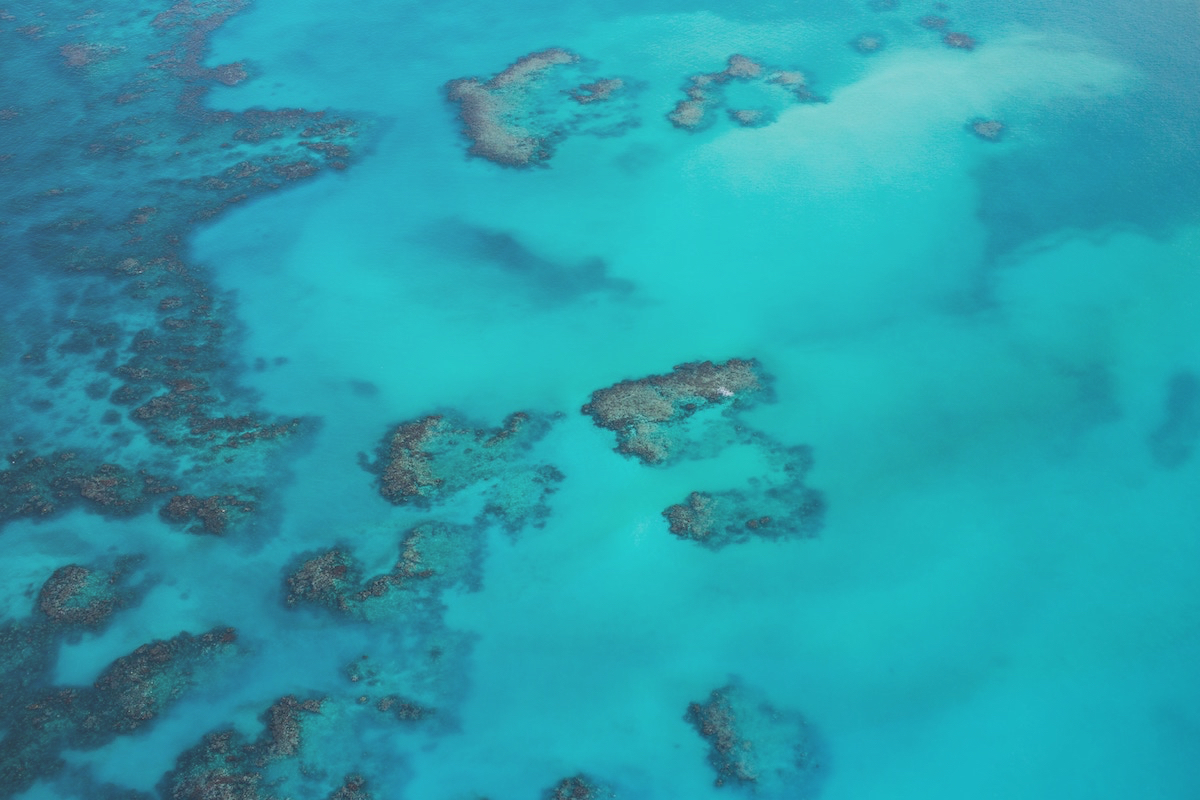For many, coral reefs exist only as seen on vacation: beautiful underwater worlds filled with colorful fish, alien-like anemones and vibrant marine life. But the reality is that coral reefs aren’t just pretty pictures. They’re critical components of our ecosystem and the global economy, supporting nearly 25% of marine life and about a billion people. And they’re in serious duress. More than half of the Great Barrier Reef is dead; 80% of Caribbean reefs are dead; 95% of reefs in the Florida Keys are dead, thanks to recent spikes in ocean temperature. To Sam Teicher, co-founder of coral restoration company Coral Vita, the best way to combat this global crisis is to develop a sustainable, scalable restoration solution. Their approach: farm coral on land, in an innovative practice that puts cutting-edge technology and scientific practices to work restoring corals nearly 50 times faster than other methods. Teicher shared his in-depth knowledge of the current coral crisis with Musings. The takeaway? Projects like Coral Vita prove that hope, backed up by investment and science, can thrive even in the face of overwhelming odds.
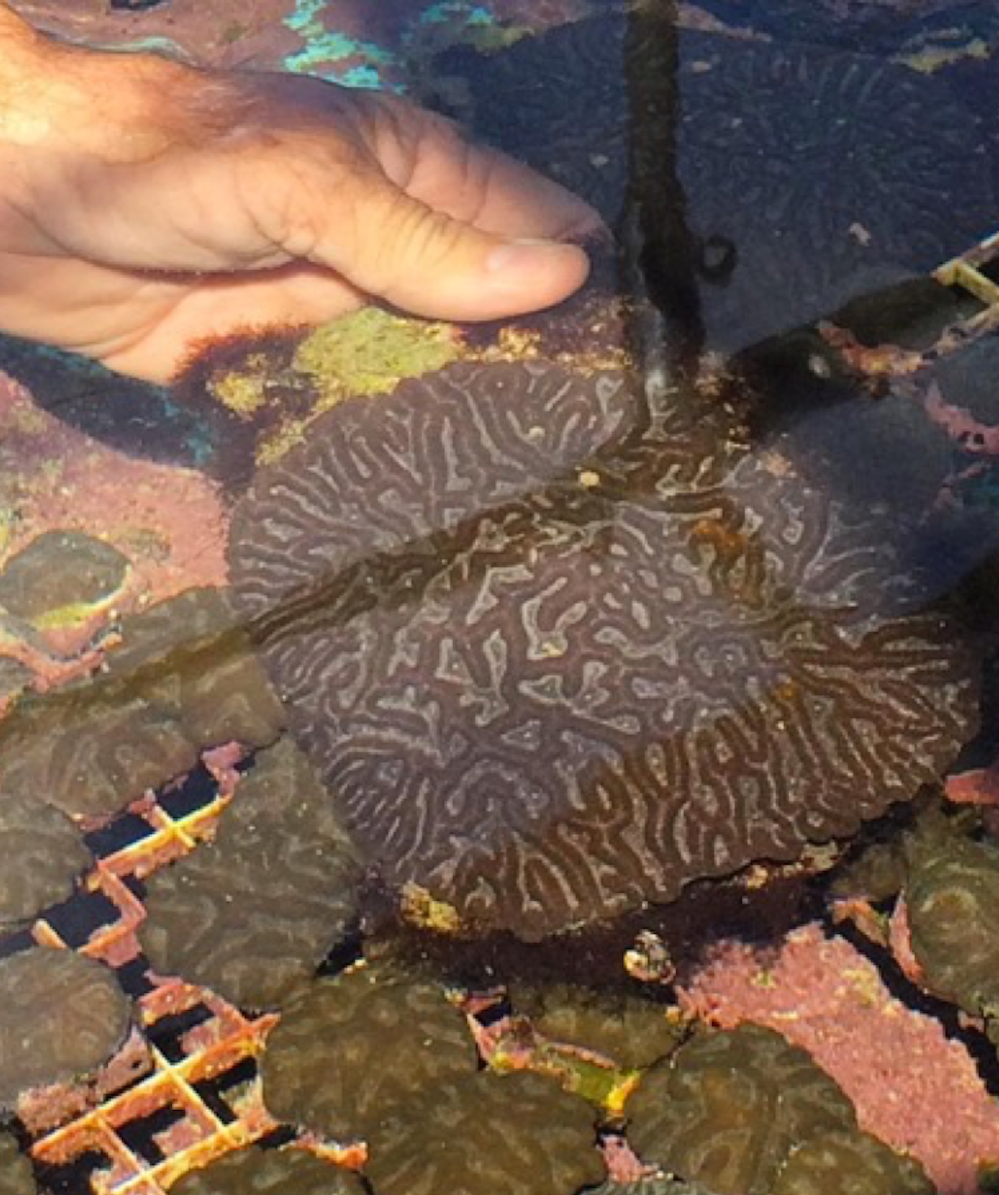
Using microfragmenting, slow-growing species like this Brain coral here can be raised in months rather than decades. Photo credit: Mote Marine Lab
What first sparked your interest in coral reefs and reef health? How did that experience kickstart your development of Coral Vita?
Coral Vita’s deepest roots lie in my lifelong love for the ocean. My parents got my brother and me scuba certifications for our bar mitzvahs, and there’s no other place I’d rather be than exploring underwater worlds. Together with my parents raising us on the principle of Tikkun Ha’Olam (“repair of the world”), I was always drawn towards fixing problems. As I grew older, this ranged from public education reform to Middle East peacemaking to, eventually, climate change.
After graduating college, I launched the environmental branch of ELI Africa, a non-profit in Mauritius. While there, I partnered with the Mauritius Oceanography Institute to get United Nations funding to restore a lagoon’s reef. It was amazing to see life return to barren seascapes; fishermen started setting up traps in areas they’d stopped fishing years before.
After Mauritius I started a master’s program at the Yale School of Forestry & Environmental Studies, where I became friends with my co-founder Gator Halpern. We bonded over our shared feeling that public policy, academia, and NGOs weren’t solving some of the most urgent environmental crises. Together, we came to believe that starting up a mission-driven for-profit could revolutionize coral reef restoration, unlocking a model to sustainably finance large-scale projects. From that back-porch idea, Coral Vita was born.
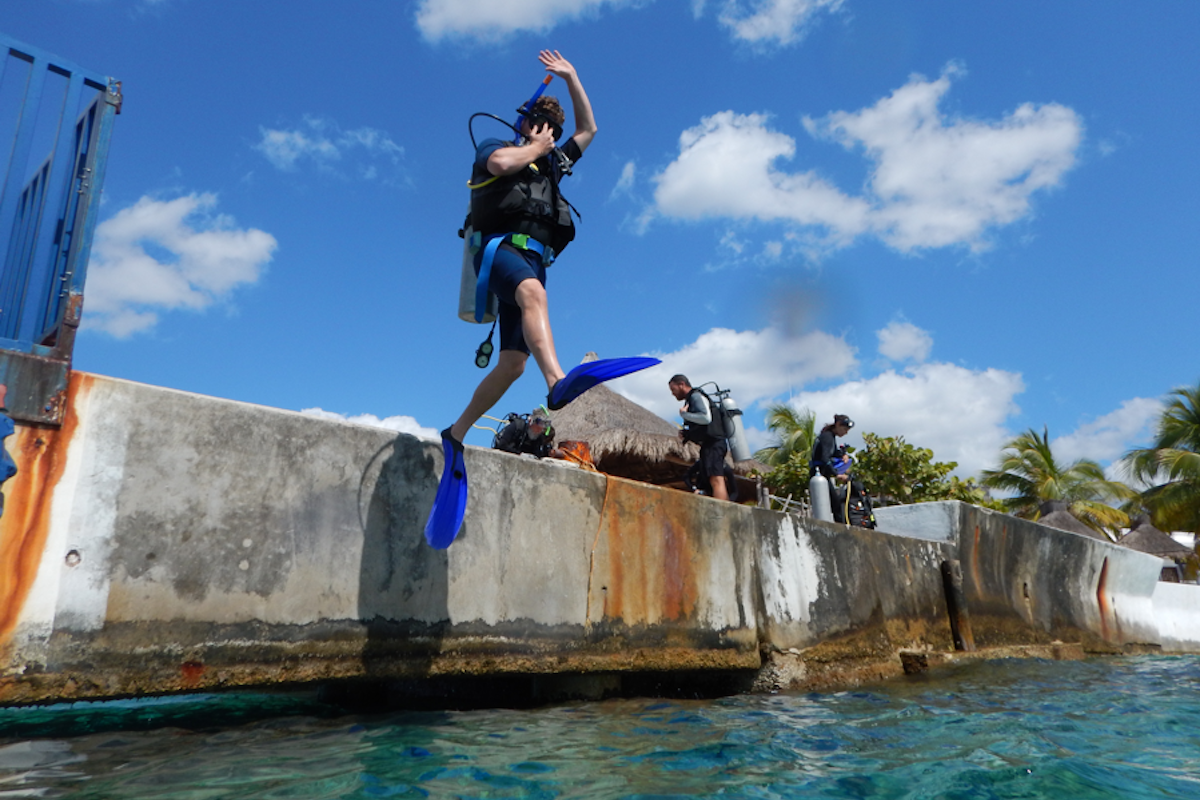
Not a bad business trip: visiting the Cozumel Coral Reef Restoration Program.
Coral reefs are facing critical health challenges around the world. But for many, they’re out of sight, out of mind. Why should land-dwellers be concerned about the vitality of our reefs?
Coral reefs are one of the most magnificent ecosystems on the planet. They’re also one of the most important. Found in nearly one hundred countries and territories, coral reefs sustain 25% of marine life and the livelihoods of up to one billion people. They’re a growing source of life-saving pharmaceuticals. And through fisheries, tourism, and coastal protection, they generate $30 billion annually, at least.
In addition to serving as homes and nurseries to iconic marine species like turtles, clownfish, and octopuses, coral reefs underpin fisheries that feed people from coastal villages to downtown sushi restaurants. When scuba divers and snorkelers plan their trips, they seek out those same species and vibrant colors. What’s more, for those tourists who prefer lounging on wide open beaches rather than plunging into the ocean, that lovely warm sand? It’s there because of healthy reefs. And coral reefs act like natural seawalls, protecting lives and infrastructure by reducing wave energy an average 97%.
Global reef degradation threatens fishing communities, coastal residents, and industries dependent on reef attractions. It’s going to amplify the global refugee crisis, increase damages from hurricanes and typhoons, and wipe out some of the most majestic life on the planet. Whether you’re an ocean-lover or have never stepped foot in the sea, coral reef health matters to you.
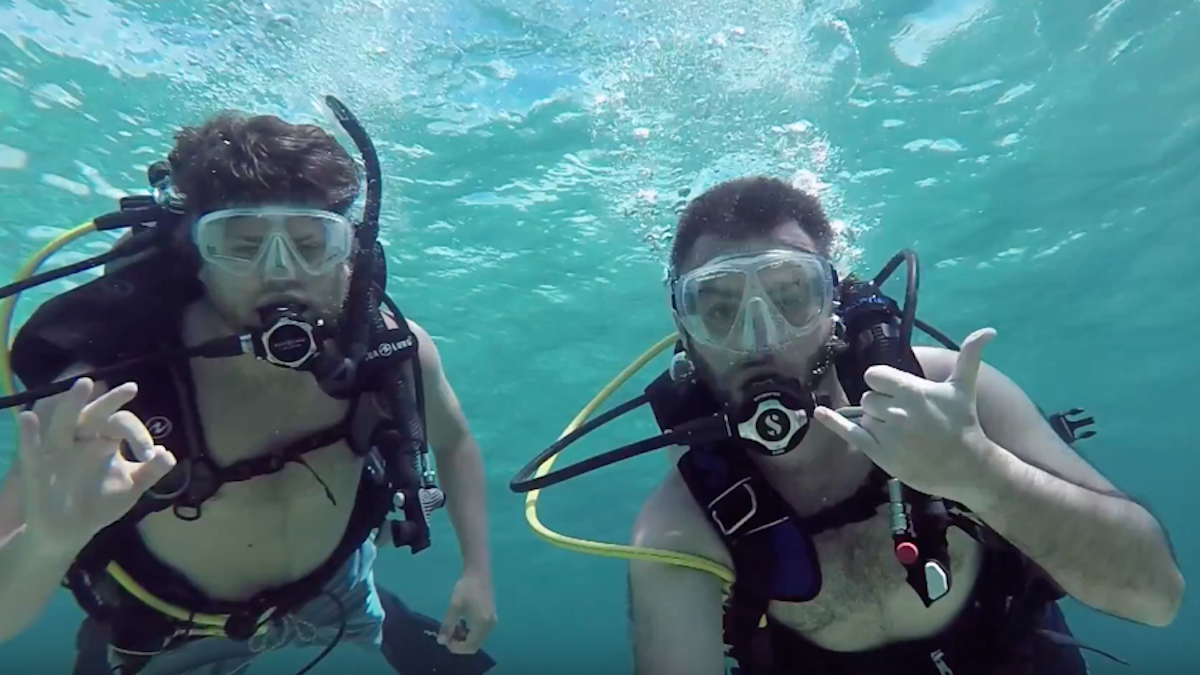
Co-Founders Gator Halpern and Sam Teicher are on a mission to protect the world’s coral reefs.
What’s Coral Vita’s role in helping to rejuvenate the underwater ecosystem? How does your system work? What are the biggest challenges so far?
Coral Vita envisions a world with healthy coral reefs for future generations. To that end, we’re building out a global network of land-based commercial coral farms that can carry out ecologically and economical scalable reef restoration. We’ve teamed up with some of the world’s leading coral scientists, incorporating their methods to grow corals up to 50x faster while strengthening their resiliency to warming and acidifying oceans.
Very few people have attempted for-profit reef restoration, and none have tried it with land-based coral farming. To our knowledge, no one had tried raising an investment round for a reef restoration company before. It’s been quite a journey. With the support of angels, ocean champions, and institutional investors, we raised nearly $1.5M in our Seed Round to launch our pilot farm in partnership with the Grand Bahama Port Authority and GB DEVCO.
When we were developing Coral Vita, we asked ourselves: Instead of applying for grants to achieve small-scale impact, what if customers that depend on reefs’ immense tourism, fisheries, and coastal protection value paid to restore dying reefs? As reefs die, their bottom lines will collapse, too.
With that in mind, Coral Vita sells reef restoration to such clients, like hotels, developers, governments, coastal insurers, and development agencies. We also turn our coral farms into eco-tourism attractions and education centers. We can then reinvest into supporting more restoration. Integrating local communities is key to our model, too. As they benefit or suffer most from the health of their reefs, their buy-in involvement is crucial.
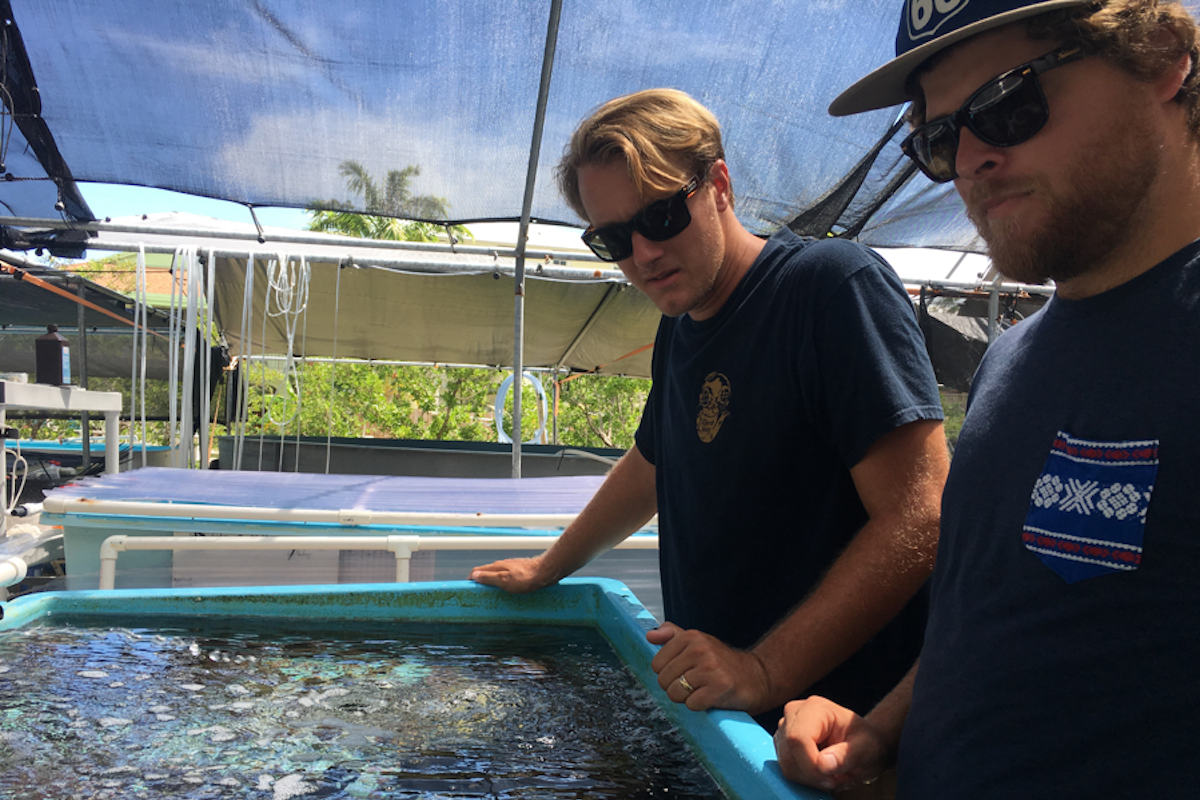
Coral Vita Chief Science Officer Stephen Ranson and Co-Founder Gator Halpern checking out the tank set-up at the Mote Marine Lab.
What’s your advice to an average observer concerned about reef health? What actions can we take to support the efforts to improve reef health?
The best thing to do for reefs is to stop killing them. Pressure your elected officials to support legislation to mitigate climate change and promote healthy oceans, whether by voting, contacting them, or inviting them to participate in events. Demand industry leaders change their methods if their businesses are killing corals. Find ways to get the media to focus on the importance of this story.
On a personal level, there are some other easy things to do, too. Start using reef-safe sunscreens, as some contain chemicals that can kill corals (Environmental Working Group has a list of good ones). Buy your seafood from places that certify fish were caught using acceptable methods (overfishing and certain practices can damage reef health). Get kids inspired by ocean life from an early age, so they grow up to protect the ecosystems that sustain us all. And come down to Grand Bahama and plant corals with us!
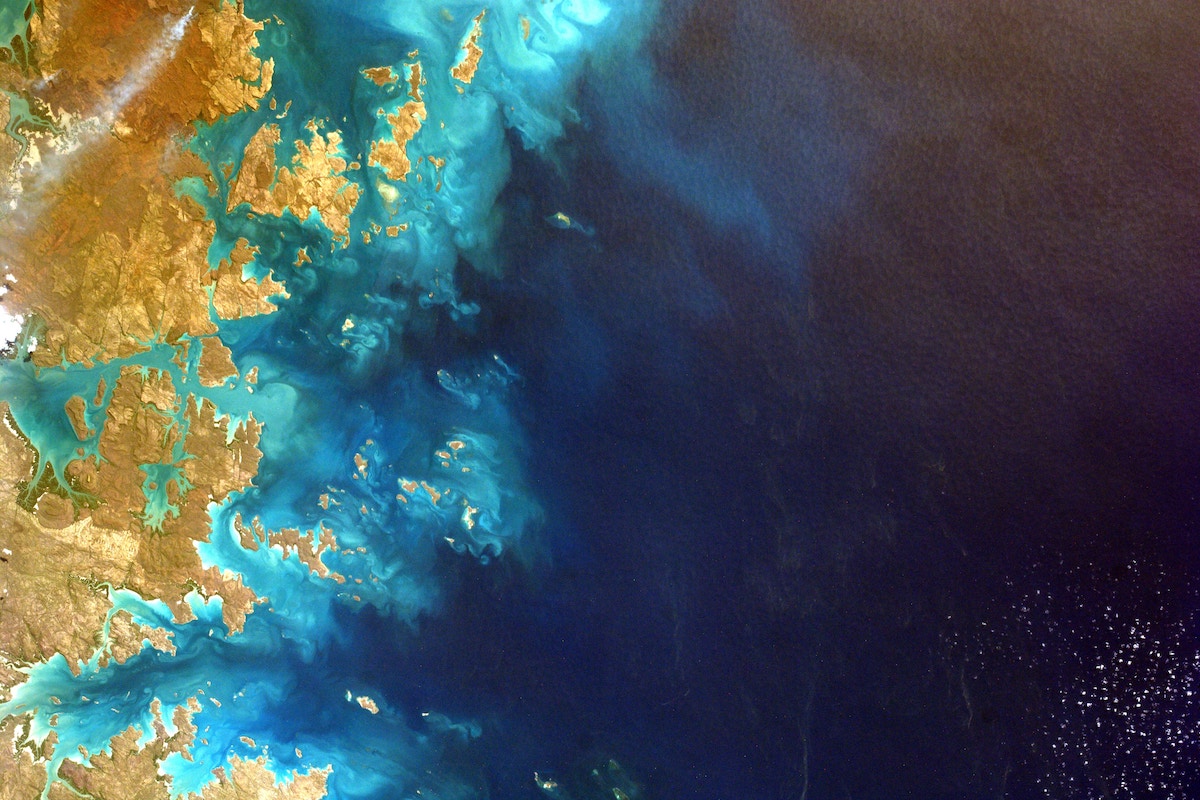
When you consider reef health globally, are there any areas that are of particular concern? What about any places where there’s cause for hope?
Coral reef health is in bad shape globally. On average, more than 80% of Caribbean reefs are dead — though that isn’t as scary as the nearly 95% of reefs dead in the Florida Keys alone. The big news is that more than half of the Great Barrier Reef bleached and died over the past few years from spikes in ocean temperature. Half of one of the largest, richest, miraculous, and important ecosystems on Earth: gone, just like that.
Fortunately, reasons for hope remain. Some corals in places like Samoa, the Red Sea, and elsewhere have demonstrated a natural ability to withstand heat spikes. Marine protected areas, many of which have been dubbed ‘Hope Spots’ by the legendary Dr. Sylvia Earle, are being established in critically important ocean zones, and often show signs of recovery. And breakthroughs in coral farming are helping.
For instance, Organizations like the XPRIZE are launching a Saving Coral Reefs XPRIZE to spur innovation in the field. In the right conditions, coral reefs have been restored in every part of the world.
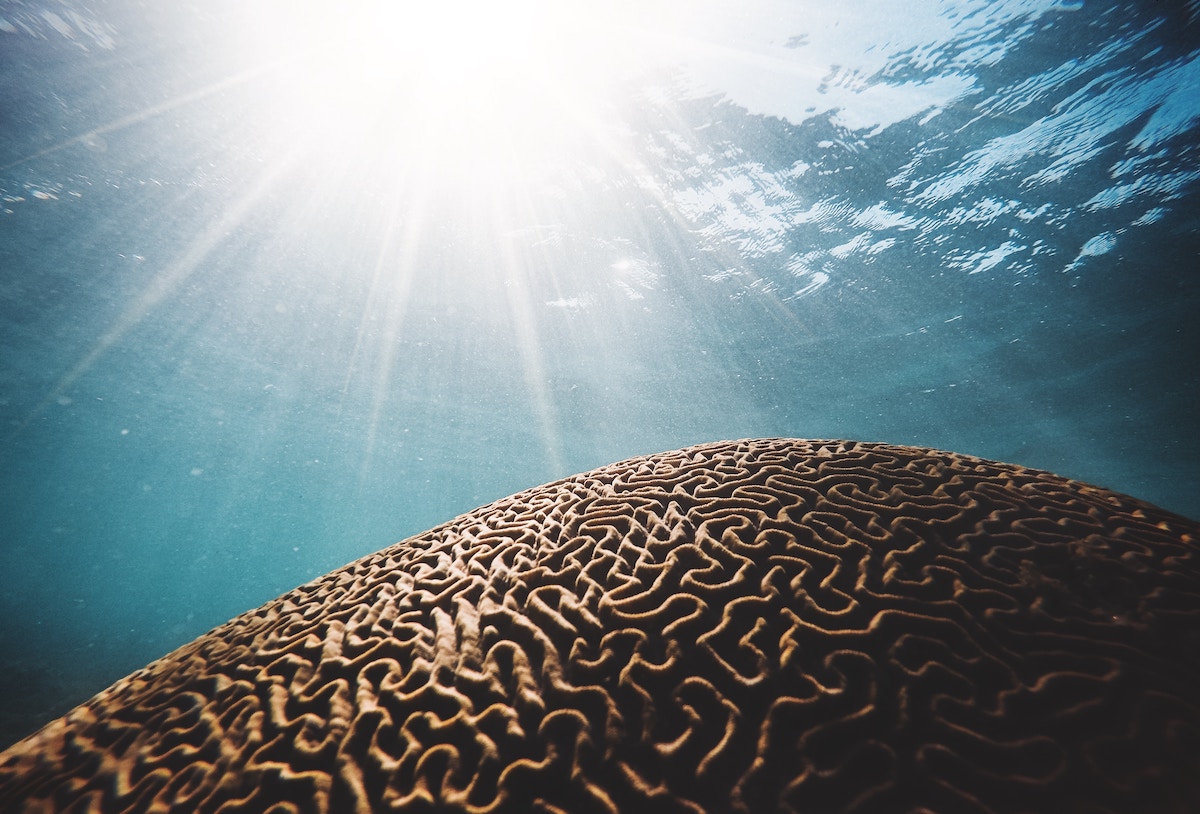
One of Coral Vita’s most innovative initiatives is growing land-based coral farms, a departure from traditional methods of underwater coral farming. How do land-based coral farms work, and what’s the intended use—and potential benefit?
Instead of the limited ocean-based coral farming system, Coral Vita uses high-tech commercial land-based farms. Basically, it’s an aquaculture set-up: a series of tanks are linked together by a plumbing system drawing in a steady source of clean seawater. Shade cloths are deployed overhead, helping regulate the temperatures of the tanks, which are populated with fragments of living coral. We collect fragments of coral from the ocean (native to the country we’re working in) and bring them back to the farm. Much like grafting or replanting cuttings from trees or flowers, these coral fragments grow in our farms for 6-12 months before we then outplant them back out into the reefs.
By using a land-based farming system, we can achieve unprecedented levels of scale for restoration; we can potentially grow enough corals for an entire country from one farm, with greater control over growing conditions, too. By collaborating with communities, scientists, governments, and the private sector to supply restoration projects with more diverse, resilient, and affordable corals, we believe we can help preserve global reefs despite the threats they face.

